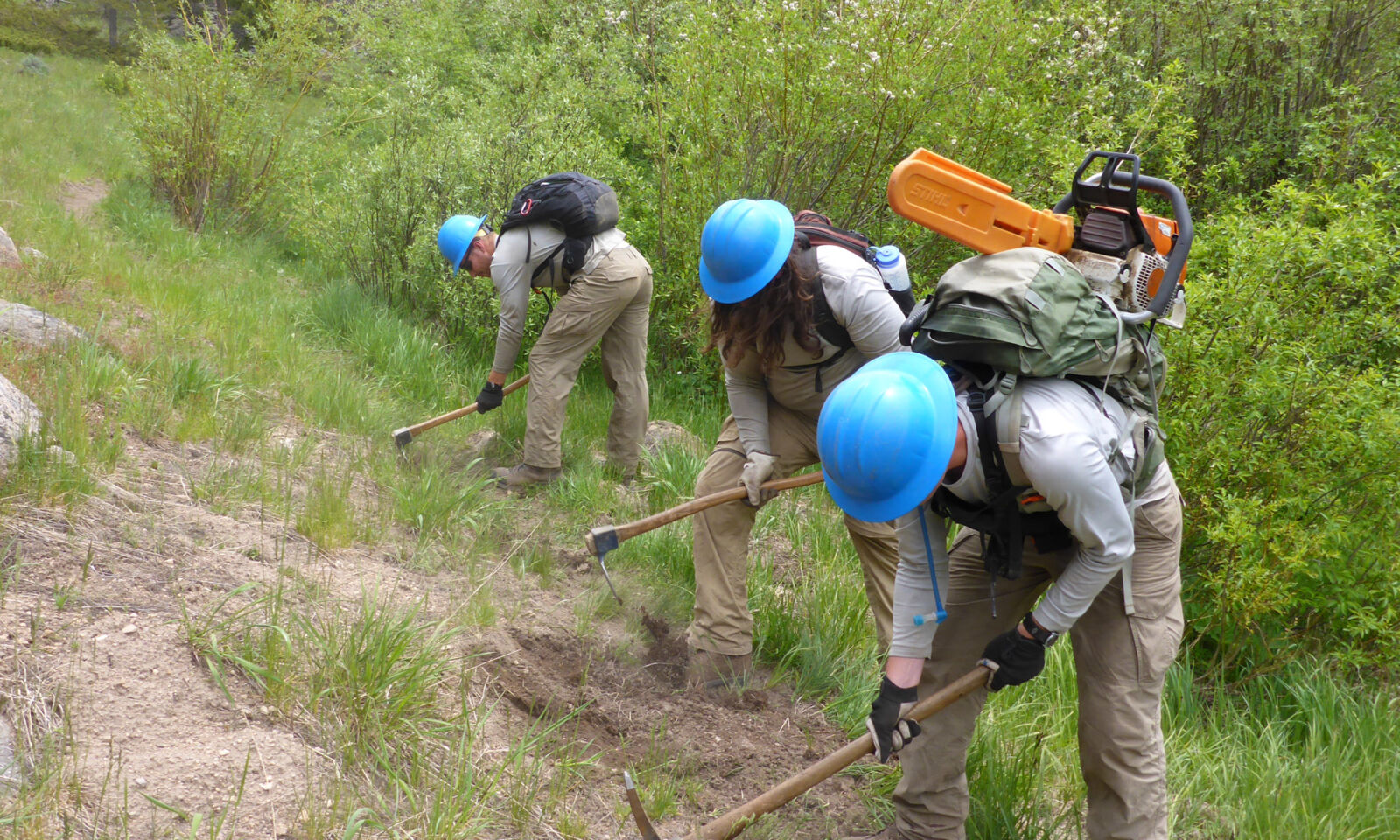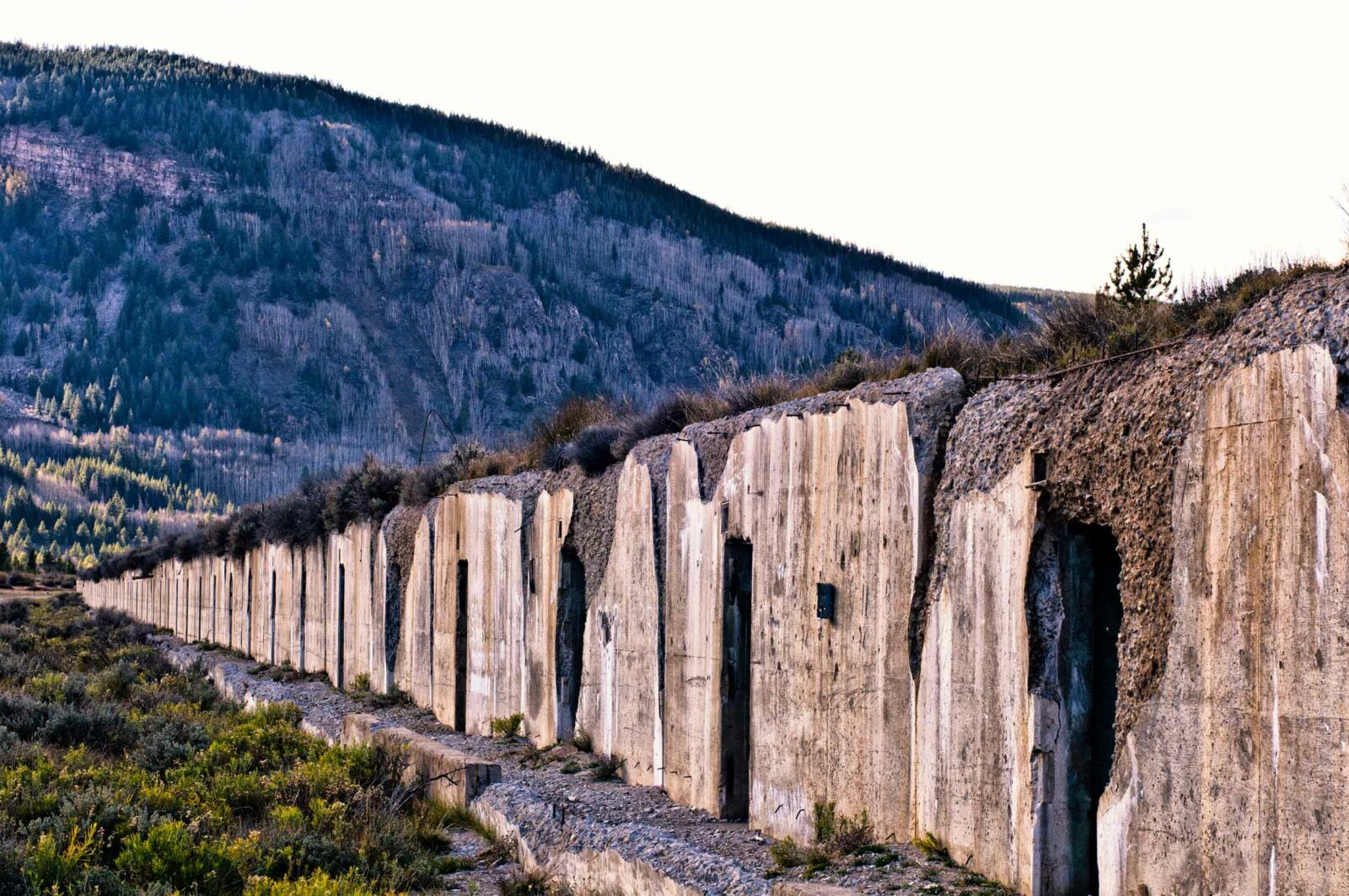Did you know the National Forest Foundation supports groups working together for our National Forests? Across the country, we offer technical and financial assistance through the Conservation Connect and Grant programs. We see collaboration as being necessary to managing our National Forests. Here’s why:
Relationships are key.
Collaboration allows partners and Forest Service employees to foster stronger connections, share knowledge, and develop mutual understanding around the ecological, social and economic objectives of collaborative forest stewardship. The NFF’s Grants and Conservation Connect programs support collaborative relationships by strengthening and building collaborative groups and partner organizations.

Multiple uses require multiple perspectives.
Did you know that the Forest Service is required by Congress to manage lands for multiple uses , including outdoor recreation, grazing, timber, watersheds, wildlife and fish, and wilderness? The Multiple Use Sustained Yield Act , passed in 1960, first required the Forest Service to give “due consideration” to those values and resources, and even listed the items in alphabetical order to make sure they all held equal weight.
But consider the extreme differences among our National Forests, from the 28,434-acre, tropical El Yunque National Forest in Puerto Rico to the vast, 17-million-acre Tongass National Forest in Alaska. National Forest lands include deserts, prairies, coniferous and deciduous forests, and everything in between. Each forest has unique uses and values that must be given “due consideration.”
As you can imagine, Forest Service staff have the challenging job of managing the diverse resources at each National Forest for “multiple use and sustained yield.” That’s where collaboration comes in. When stakeholders who represent different uses gather around a table, concerns can be addressed early and better projects result.
Large-scale forest restoration is complex.
When restoration work is planned and implemented at a large scale, jurisdictions, borders, and watersheds are often crossed, creating complications. Collaboration is essential to carrying out large-scale work , and the NFF relies on partners and joint problem solving to achieve success at scale.
Consider the NFF’s work at Camp Hale on the White River National Forest in Colorado . The 40,000-acre area is a landscape with many overlapping human values. The NFF is relying on collaborative problem solving via a stakeholder group to create a shared vision and management plan that will guide restoration work for years to come .

Steven C. DeWitt-Jr.
Collaborators are innovators.
Conservation Connect staff are continually collecting new and tools and solutions for restoration and National Forest management, and we consistently see the most innovative tools emerge from collaborative groups.
Whether we see a partnership that establishes a Forest Service and partner’s commitment to work together towards common restoration goals, or a “NEPA Roadmap” that brings together more than 40 interests to bridge gaps between the various stakeholders as they work through NEPA, we have seen time and again that collaboration leads to creativity.
We look forward to many more years of collaboration on National Forest System lands. If you’d like to know more about Conservation Connect, visit us here or email Karen DiBari, Director, at [email protected].

